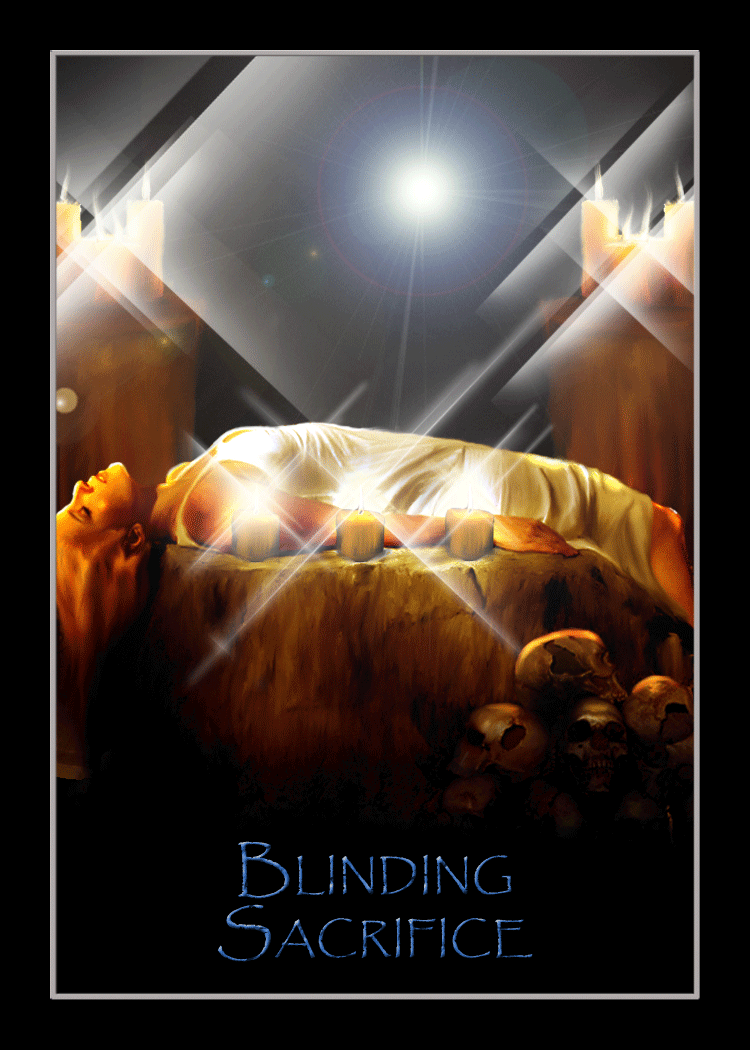
Long Form One introduces:
1)
The concept of a Long form. This sets the concepts that the practitioner must learn:
a) Long forms include the information presented in the Short form
b) Long forms extend the information presented in the Short form
2)
The following new stances:
a) Forward Bow - which introduces the following new concepts:
i) Brace Angle
ii) Weight Distribution (60% / 40%)
iii) close distance without foot maneuver
b) 45 degree Cat - which introduces the following new concepts:
i) Intersection Position
ii) Positional Cover
iii) Weight Distribution (10% / 90%)
c) Reverse Bow - which introduces the following new concepts:
i) Weight Distribution (40% / 60%)
ii) create distance without foot maneuver
d) Horse - which introduces the following new concepts:
i) Isolation
3)
The concept of offense. This sets the concepts that the practitioner must learn:
a) the definition of strike:
i) any offensive maneuver executed with the intention of causing injury to the opponent
b) each strike has a proper height, depth, and width of execution
c) strikes should make contact with the target at a proper depth of range (aka Point of Focus)
d) strikes should be executed utilizing:
i) Body Alignment
ii) Body Fusion
iii) Angle of Incidence
iv) Focus Point
4)
The following new strikes:
a) straight thrusting punch - which introduces the following:
i) the definition of a punch:
A) a specialized strike which utilizes the front of the first two knuckles of the fist as it's Point of Contact
ii) Contouring - of self (during delivery)
iii) Strike ranges:
A) short range
B) medium range
C) long range
iv) striking to a new range - long range
b) back elbow - which introduces the following:
i) Striking to a new range - short range
c) uppercut punch - which introduces the following:
i) striking in a upward direction (vertical)
iii) punching to a new range - short range
5)
The following new blocks:
a) inward block (with the rear arm)
b) outward block (with the rear arm)
c) upward block (with the rear arm)
d) downward block (with the rear arm)
e) inside-downward block - palm down
f) inside-downward block - palm up
g) push-down block - which introduces the following:
i) defense against a strike coming from an upward (vertical) angle of attack
6)
The concept of shifting from a Neutral Bow to a Forward bow. This sets the concepts that the practitioner must learn:
a) Body Rotation to generate power
b) Opposing Forces to aid in generating power (retraction of opposite arm)
c) Back-Up Mass as a minor power principle
d) shifting of weight with strike to aid in generating power
e) Brace Angle to aid in supporting strike
f) Body Alignment to aid in generating power and supporting strike
7)
Transitional maneuvers:
a) Cat (during step-through) - which introduces the following:
i) Stepping-through without 'breaking the heel' of your rear foot
b) Covering - which introduces the following:
i) Covers are composed of the following elements:
A) distance (change)
B) rotation (into new stance)
ii) Covers can be used to:
A) create distance
B) close distance
8)
The concept of shifting from a Neutral Bow to a specialized Forward bow. This sets the concepts that the practitioner must learn:
a) upper Body Rotation disconnected from lower body rotation
b) increase of rear hand reach without change in lower body
9)
The concept of shifting from a Reverse Bow to a specialized Horse. This sets the concepts that the practitioner must learn:
a) changing a rear hand strike to the front hand through the use of a cover step and shifting Point of Reference
10)
The concept of stepping forward with a cover step. This sets the concepts that the practitioner must learn:
a) close distance with a foot maneuver
b) reverse line of defense
11)
The concept of Isolation maneuvers. This sets the concepts that the practitioner must learn:
a) upper body maneuvers can be executed from a stationary position
b) that isolation maneuvers show:
i) previews of things to come
ii) new information
iii) missing information
Long Form One falls into the category of a dictionary form. As such, it continues the following elements of the dictionary forms.
1)
The blocking sequence:
a) In
b) Out
c) Up
d) Down
2)
The form starts from the meditating horse stance.
Long Form One has a number of other elements it teaches:
1)
It is defined as follows:
a) it is a front hand and rear hand defense form
b) it is a rear / front hand offense form
c) it is an advancing with defense only form
d) major offense only form
e) it is the extension to Short Form One
2)
The opposite hand should be chambered in-sync with the striking hand. The reverse motion of the retracting arm then emphasizes and optimizes the power generated by the front arm.
3)
Single beat timing (i.e. one in one timing)
4)
Defense then offense with opposite hands
5)
Basic timing for both defensive and offensive maneuvers
6)
The use of double factor moves while advancing
7)
The use of both upper case and lower case maneuvers